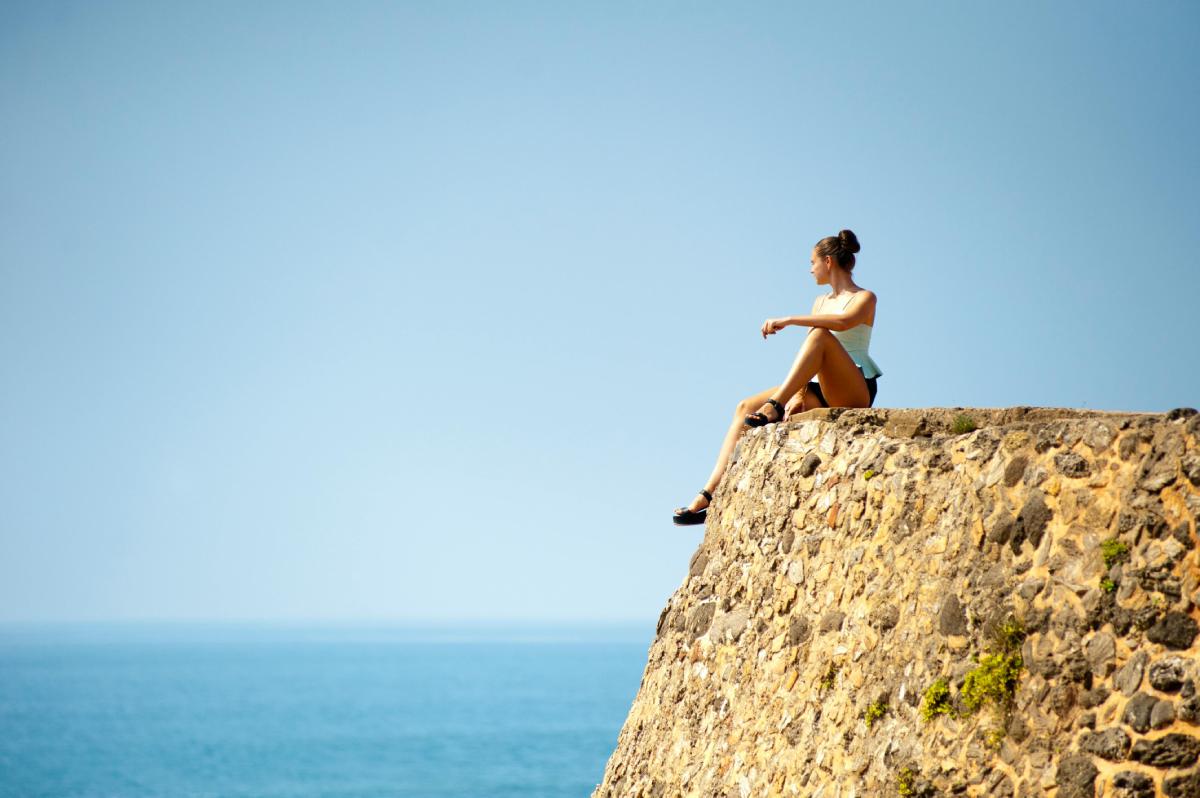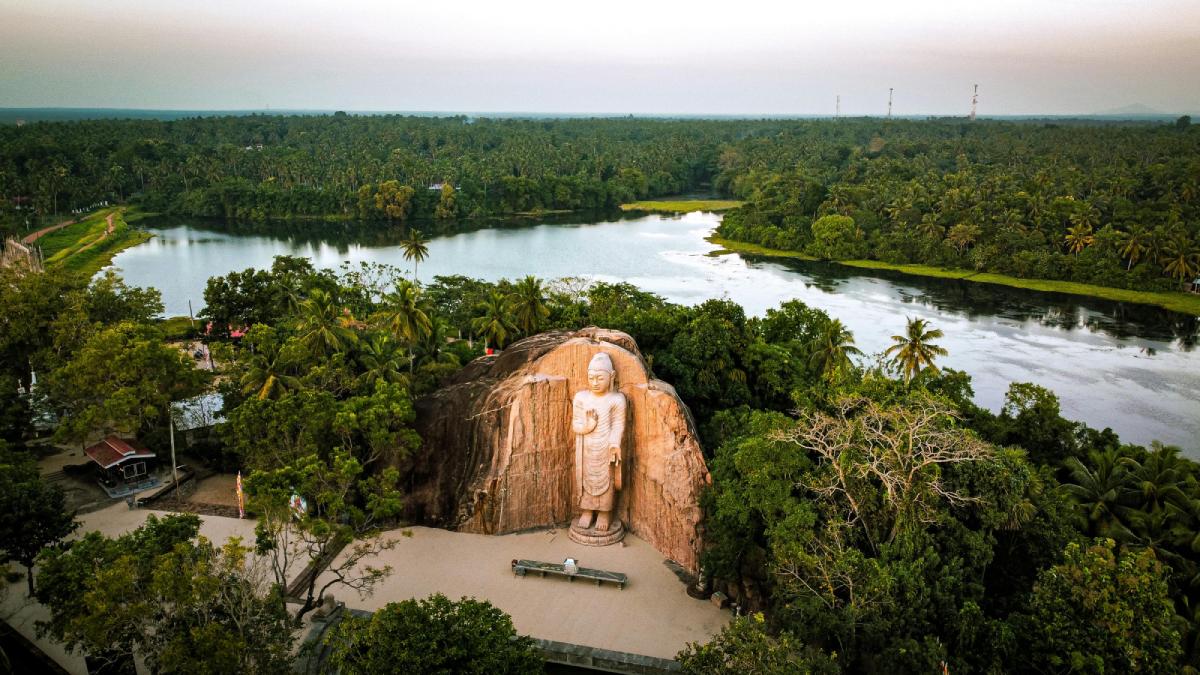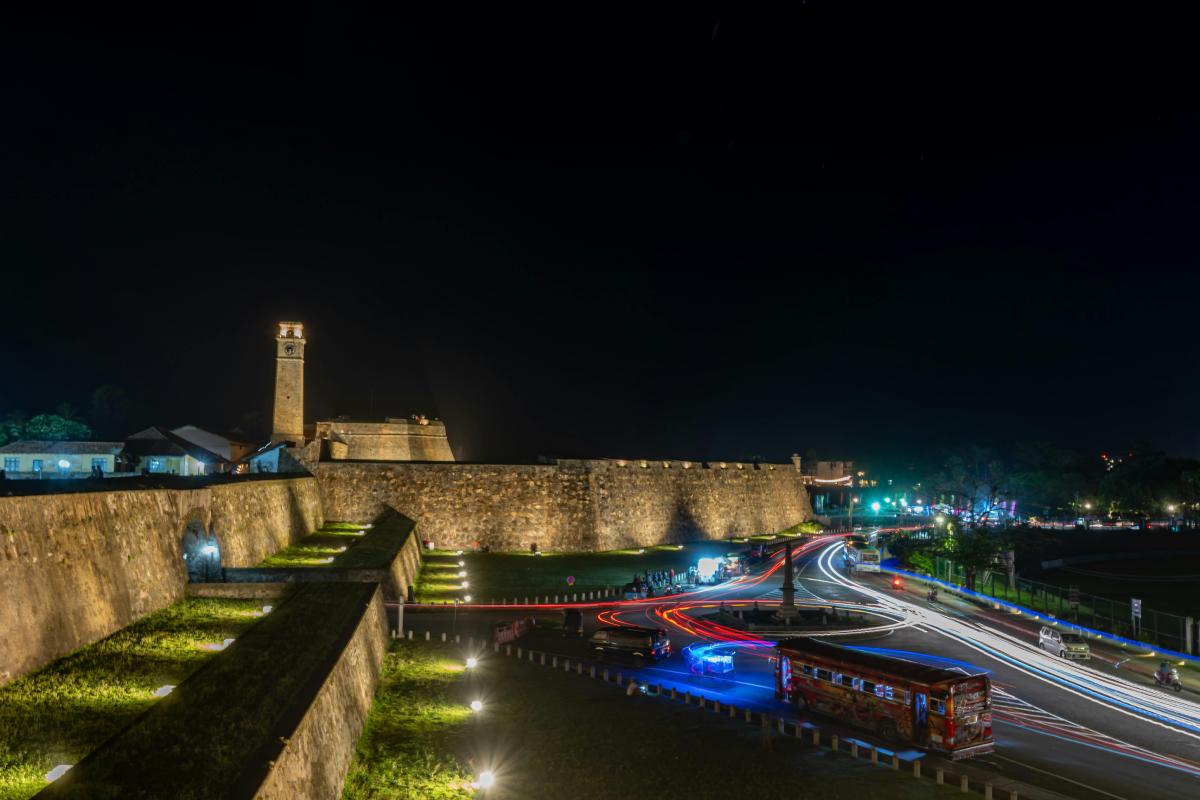Sri Lanka, though small in size, holds countless treasures beyond its well-known beaches and cultural triangle. While Sigiriya Rock, Kandy’s Temple of the Tooth, and the southern beaches rightfully attract attention, the island harbors spectacular hidden gems waiting to be discovered by more adventurous travelers. This guide explores lesser-known destinations across Sri Lanka, offering authentic experiences away from the crowds.
Eastern Coastal Havens
Pasikuda’s Pristine Waters – Hidden Gems of Sri Lanka
While Trincomalee gets most of the attention on the east coast, Pasikuda Beach offers equally stunning scenery with significantly fewer tourists. The shallow bay extends nearly a kilometer into the ocean, creating a natural swimming pool with crystal-clear turquoise waters. The reef protection means waves are minimal, making it perfect for families and less confident swimmers.
Local fishermen still ply their traditional trade here, and watching their distinctive outrigger canoes return at sunset provides a glimpse into coastal Sri Lankan life that remains largely unchanged for generations. Several small family-run guesthouses offer authentic homestay experiences complete with home-cooked Sri Lankan cuisine.
Arugam Bay’s Secret Spots
Though Arugam Bay has gained fame in surfing circles, venturing just a few kilometers north or south reveals secluded beaches where you might be the only visitor. Pottuvil Point, just north of the main bay, offers excellent surfing without the crowds. Meanwhile, Whiskey Point provides gentler waves ideal for beginners.
Inland from Arugam Bay lies Lahugala National Park, a lesser-visited alternative to the famous Yala. Though smaller, it offers remarkable elephant sightings around its ancient tank (reservoir) without the jeep traffic that can sometimes diminish the wildlife experience elsewhere.
Mountain Retreats
The Forgotten Kingdom of Yapahuwa
Dating from the 13th century, Yapahuwa briefly served as Sri Lanka’s medieval capital but now sits in relative obscurity compared to more famous ancient sites. The ornate stone stairway leading to the palace represents some of the finest medieval stonework on the island. Climbing to the summit rewards visitors with panoramic views across the plains and fascinating ruins to explore with barely another tourist in sight.
Knuckles Mountain Range
While Horton Plains and Adam’s Peak draw trekkers by the busload, the Knuckles Mountain Range (named for its knuckle-like appearance) offers spectacular hiking with minimal tourist infrastructure. The biodiversity here is remarkable—over 40% of Sri Lanka’s endemic species call this range home. Local guides from villages like Meemure can lead multi-day treks through cloud forests, past hidden waterfalls, and alongside terraced rice paddies.
The range encompasses five different vegetation zones, from lowland tropical forests to alpine grasslands, all within a relatively compact area. For adventurous travelers willing to rough it a bit, camping beside remote mountain streams under star-filled skies provides an experience of Sri Lanka that few visitors ever discover.
Idalgashinna and the Hill Country Railways
While tourists flock to the famous train journey between Ella and Kandy, continuing onward to the lesser-known Idalgashinna station offers equally stunning scenery without the crowds. This remote railway outpost sits at over 1,600 meters elevation, surrounded by tea plantations and misty mountains. The small station building dates from the British colonial era and appears frozen in time.
Hiking from here along the railway track (with appropriate caution) leads through tunnels and across viaducts with breathtaking views. Local tea pickers often invite visitors to their modest homes for a cup of authentic Sri Lankan tea—a far cry from the commercial tea experiences offered elsewhere.
Cultural Discoveries
Ancient Ritigala Monastery
Unlike Sri Lanka’s more ornate temples, Ritigala presents a different face of Buddhism—austere stone structures hidden within a strict natural reserve. Once home to forest-dwelling monks seeking meditation over ceremony, the monastery ruins stretch across a mountainside connected by stone-paved pathways dating back to the 1st century BCE.
Giant stone meditation platforms sit in seemingly impossible balance, and mysterious stone cisterns (some still holding water after two millennia) dot the landscape. The site requires a moderate hike through jungle terrain, which helps limit visitor numbers and preserves the tranquil atmosphere that first attracted monks to this mountain.
Kathaluwa Ancient Temple
Near Koggala on the southern coast stands Kathaluwa Temple, featuring remarkable 300-year-old murals that blend Buddhist themes with distinctly Sri Lankan artistic traditions. Unlike the more famous Dambulla cave temples, visitors here can often have the entire complex to themselves, with only the resident monks for company.
The temple houses palm-leaf manuscripts containing ancient Buddhist texts and traditional medical knowledge. The resident monks sometimes share insights about these texts with respectful visitors, offering a connection to Sri Lankan Buddhist scholarship rarely experienced at more touristy sites.
Natural Wonders
Riverston Peak and Mini World’s End
For those unable to visit the famous World’s End at Horton Plains (or those seeking a less crowded alternative), Riverston Peak offers equally spectacular cliff drops and panoramic views without the entrance fees or dawn crowds. Located near Matale in the Knuckles Range, the final stretch of road to reach the trailhead is rough but navigable, which naturally limits visitor numbers.
The surrounding area features hidden waterfalls accessible via short hikes through pristine forests. These include the multi-tiered Sera Ella Falls, where you can actually walk behind the cascading water during drier periods—an experience that perfectly encapsulates the feeling of discovering your own private paradise.
The Mangroves of Madu Ganga
While Bentota’s river cruises have become somewhat commercialized, the nearby Madu Ganga estuary offers a more authentic mangrove experience. This complex ecosystem of mangrove forests, islands, and open water has been designated a Ramsar wetland of international importance.
Local fishermen offer boat tours that navigate narrow channels between mangrove tunnels, visiting islands where cinnamon is still harvested using traditional methods. The birdlife is spectacular, with over 110 species recorded, and lucky visitors might spot water monitors or rarely seen fishing cats.
Culinary Journeys
The Spice Gardens of Matale
Though Kandy’s spice gardens see regular tourist coaches, heading slightly further north to Matale reveals smaller, family-run spice gardens where the experience feels less commercial and more educational. Many of these gardens have been cultivating traditional ayurvedic medicinal plants for generations.
Visitors can participate in cooking classes focused on traditional Sri Lankan cuisine using fresh spices harvested moments before preparation. These hands-on experiences typically conclude with a meal shared with the host family—offering not just delicious food but cultural exchange and insight into everyday Sri Lankan life.
Jaffna’s Unique Cuisine
Sri Lanka’s northern Jaffna Peninsula, long isolated during the civil conflict, has reopened to visitors but remains relatively undiscovered. The region’s distinctive Tamil cuisine differs significantly from southern Sri Lankan fare, showing stronger South Indian influences combined with unique local ingredients.
Specialties like Jaffna crab curry (made with freshly caught lagoon crabs) and odiyal kool (a seafood broth thickened with palmyra root flour) offer culinary experiences unavailable elsewhere on the island. Small, family-run restaurants serve these specialties with minimal concession to tourist tastes, providing an authentic northern Sri Lankan dining experience.
Coastal Hidden Gems
Kalpitiya Peninsula
While whale watching boats crowd Mirissa’s harbor, Kalpitiya on the northwestern coast offers equally impressive marine experiences with a fraction of the visitors. The peninsula is becoming known among kitesurfing enthusiasts for its reliable winds and uncrowded waters, but most tourists still overlook this region.
Bar Reef, Sri Lanka’s largest coral reef system, lies just offshore and offers exceptional snorkeling with vibrant corals and diverse marine life. Between November and May, dolphin-watching trips regularly encounter super-pods of spinner dolphins numbering in the thousands—often with no other boats in sight.
Kirinda’s Sacred Rock
South of the popular surf town of Arugam Bay lies Kirinda, a fishing village with a sacred rock offering panoramic coastal views. According to Buddhist tradition, this marks where Queen Viharamahadevi landed after being set adrift at sea as a sacrifice to calm the gods. A small temple sits atop the rock, and the sunset views across the Indian Ocean are spectacular.
Nearby Kirinda Beach features unusual rock formations and is often completely deserted except for local fishermen bringing in their daily catch. The adjacent Yala National Park’s Block 5 sees far fewer visitors than the famous Block 1, offering wildlife viewing without the jeep congestion common elsewhere.
Responsible Travel to Hidden Gems
When visiting these lesser-known destinations, responsible tourism becomes even more important. Many of these communities have less exposure to international tourism and less developed infrastructure to mitigate negative impacts.
Consider hiring local guides, staying in locally owned accommodations, and learning a few basic phrases in Sinhala or Tamil. Respect religious sites by dressing modestly and removing shoes when appropriate. Always ask permission before photographing people, and consider whether your social media posts might drive overtourism to fragile locations.
Final Thoughts
Sri Lanka’s hidden gems offer the rare opportunity to experience extraordinary natural beauty, ancient culture, and warm hospitality without the crowds that increasingly characterize popular tourist destinations worldwide. By venturing beyond the established tourist trail, travelers gain not only more authentic experiences but also contribute to more equitable tourism development across the island.
These lesser-known destinations represent Sri Lanka at its most magical—where ancient traditions continue uninterrupted, natural wonders remain pristine, and genuine cross-cultural connections can flourish. For travelers willing to embrace a bit of adventure and unpredictability, these hidden corners of the Pearl of the Indian Ocean offer rewards far beyond what any guidebook can convey.


